Home>Ideas and Tips>Invisible Improvements Seamless Universal Design
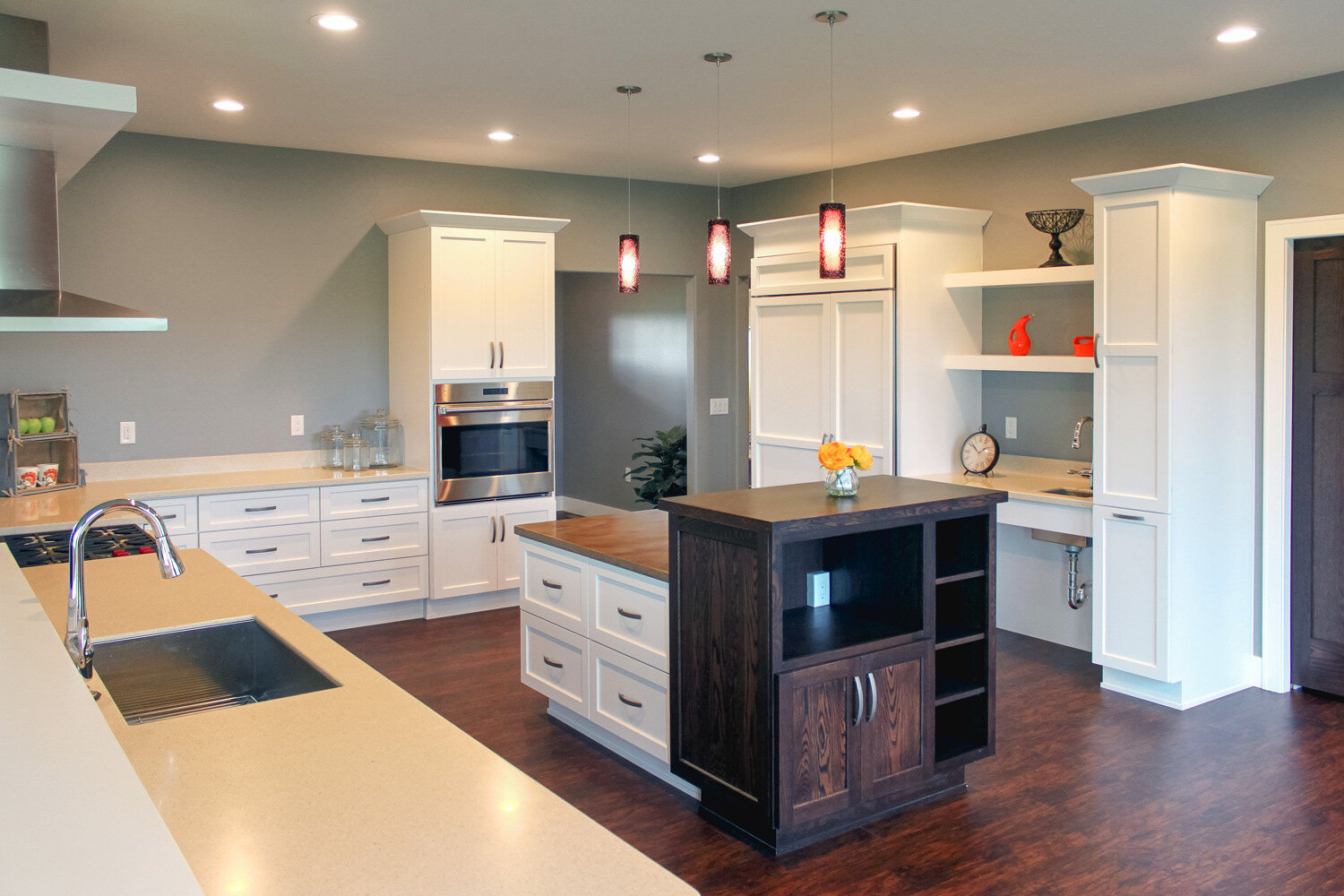

Ideas and Tips
Invisible Improvements Seamless Universal Design
Published: October 20, 2024
Discover how Seamless Universal Design transforms homes into intuitive, safe, and inclusive spaces for all ages and abilities.
(Many of the links in this article redirect to a specific reviewed product. Your purchase of these products through affiliate links helps to generate commission for Storables.com, at no extra cost. Learn more)
In the realm of home improvement, few concepts have garnered as much attention and acclaim as Universal Design (UD). Often misunderstood as merely a set of accessibility features, UD is a holistic approach to designing spaces that are usable by everyone, regardless of age, size, or ability. This philosophy not only enhances the quality of life for individuals with disabilities but also creates environments that are intuitive, safe, and comfortable for all users. In this article, we will delve into the principles of Universal Design, explore its practical applications, and discuss how it can transform your living space into a seamless and inclusive environment.
The Origins of Universal Design
The term "Universal Design" was coined by architect Ronald Mace in the late 1980s. Mace, who was particularly concerned about the lack of barrier-free architecture for the physically handicapped, envisioned a design approach that would make spaces usable by everyone without the need for adaptation or specialized design. This broader application of UD aimed to accommodate the diverse needs of people across all ages and abilities.
Read more: What Are Seamless Gutters
Key Principles of Universal Design
Universal Design is guided by several key principles that ensure spaces are accessible and usable by everyone:
-
Be Invisible and Nonstigmatizing: The best Universal Design solutions are those that blend seamlessly into the overall aesthetic of a space. This means avoiding features that stand out as "accessible" or "special," thereby reducing stigma and ensuring that all users feel included.
-
Enhance the Quality of Life: Universal Design should improve the overall quality of life for all users. This can be achieved through features like wide doorways, stepless entrances, and ergonomic furniture.
-
Be Intuitive: The design should be so intuitive that users don’t even notice it. This means that features should be easy to use without requiring extensive instructions or training.
-
Enhance Access While Adding Safety and Comfort: Universal Design solutions should not only provide access but also enhance safety and comfort. For example, grab bars in bathrooms can serve both as safety features and stylish towel racks.
Practical Applications of Universal Design
Universal Design is not just a theoretical concept; it has numerous practical applications in home design:
Doorways and Windows
Traditional doorknobs can be challenging for people with mobility issues or those carrying heavy loads. Lever-style doorknobs, on the other hand, make it easy to open doors without needing to grasp a handle. Similarly, casement windows are easier to lock or unlock compared to double-hung windows, which can be difficult for some users to manage.
Layout and Accessibility
An open layout is crucial for Universal Design. Having a first-floor bedroom and bathroom ensures "one-level living," making it easier for everyone in the household to move around without the need for stairs. This is particularly important for individuals who may have broken a leg or undergone surgery.
Storage Accessibility
Storage should be easily accessible without impeding on floor space. Built-in storage in tighter rooms like playrooms or offices can reduce clutter and free up floor space. Adjustable shelving systems in closets make it simpler to find items and keep the space clutter-free.
Lighting
As people age, their eyesight diminishes. Brighter lighting makes spaces more functional and safer. Dimmers allow users to adjust the brightness of a room according to their needs. Motion-sensing lights in bathrooms, basements, or staircases eliminate the need to fumble for light switches in the middle of the night, reducing the risk of falls.
Smart Home Technology
Smart home technology makes it easy to control various aspects of your home remotely. This includes controlling appliances like refrigerators and thermostats, communicating through the front door, managing security systems, or even operating garage doors from another room or while on vacation.
Bathroom Fixtures
The bathroom is one of the most accident-prone areas in the home. Easily accessible bathroom fixtures can alleviate tripping hazards. Grab bars and separating the shower from the tub are key accessibility factors to consider when upgrading a bathroom. Faucets should be clearly marked red (hot) or blue (cold) to reduce scalding hazards.
Exterior and Garage Updates
At least one entranceway into your home should not require the use of stairs. This could be through your garage or a side door. Front porches and back decks should also be protected with railings or other perimeter protections like bushes to eliminate tripping hazards.
Case Studies in Universal Design
A Small Elevator Installation
A friend of mine had a small elevator installed on the exterior of her 100-year-old home, crafted in cedar to perfectly match the house. The elevator became a feature rather than an eyesore, demonstrating how seamlessly integrated Universal Design solutions can be.
Aesthetics in Universal Design
My mother initially resisted the idea of installing grab bars in her bathroom due to aesthetic concerns. However, when she saw beautifully designed grab bars that resembled towel racks but could hold up to 600 pounds, she changed her mind. This example highlights how good aesthetics can dispel stigmas associated with accessibility features.
The Benefits of Universal Design
Implementing Universal Design principles in your home offers numerous benefits:
-
Increased Safety: By eliminating tripping hazards and providing easy access to essential areas, Universal Design significantly reduces the risk of accidents and injuries.
-
Enhanced Quality of Life: Features like wide doorways, stepless entrances, and ergonomic furniture improve the overall quality of life for all users.
-
Improved Marketability: Homes designed with Universal Design principles are more attractive to potential buyers who value inclusivity and accessibility.
-
Reduced Stress: Designing a home with Universal Design in mind can alleviate stress for caregivers and family members who need to ensure their loved ones' safety and comfort.
-
Long-Term Versatility: As individuals age or experience changes in their abilities, a well-designed home can adapt seamlessly without requiring costly retrofits.
Challenges in Implementing Universal Design
While the benefits of Universal Design are substantial, there are several challenges that need to be addressed:
-
Cost Considerations: Incorporating Universal Design features into a new home or retrofitting an existing one can be costly. However, it is often more cost-effective in the long run compared to making frequent adaptations as needs change.
-
Aesthetic Concerns: Many people worry about the aesthetics of accessibility features. However, modern Universal Design solutions are designed to blend seamlessly into the overall design of a space.
-
Education and Awareness: There is a need for greater education and awareness about the principles and benefits of Universal Design among architects, builders, and homeowners.
-
Integration with Existing Standards: While Universal Design is not a standard or code, it often intersects with existing building codes and accessibility standards. Ensuring that these elements work harmoniously is crucial for effective implementation.
Conclusion
Invisible improvements through Seamless Universal Design are not just about adding accessibility features; they are about creating spaces that enhance the quality of life for everyone. By integrating these principles into your home design, you can ensure that your living space is intuitive, safe, and comfortable for all users. Whether you are designing a new home or retrofitting an existing one, Universal Design offers a holistic approach to creating inclusive environments that transcend age, size, or ability. As we continue to evolve as a society with an aging population and increasing diversity in abilities, embracing Universal Design is essential for building homes that truly serve everyone's needs.
By understanding and applying the principles of Universal Design, homeowners can create living spaces that are not only accessible but also beautiful and functional. Whether you're looking to enhance safety, improve marketability, or simply create a more inclusive environment, the benefits of Seamless Universal Design are undeniable. As we move forward in our quest for inclusive and sustainable living spaces, it is clear that Universal Design will play an increasingly important role in shaping the future of home design.
Was this page helpful?
At Storables.com, we guarantee accurate and reliable information. Our content, validated by Expert Board Contributors, is crafted following stringent Editorial Policies. We're committed to providing you with well-researched, expert-backed insights for all your informational needs.
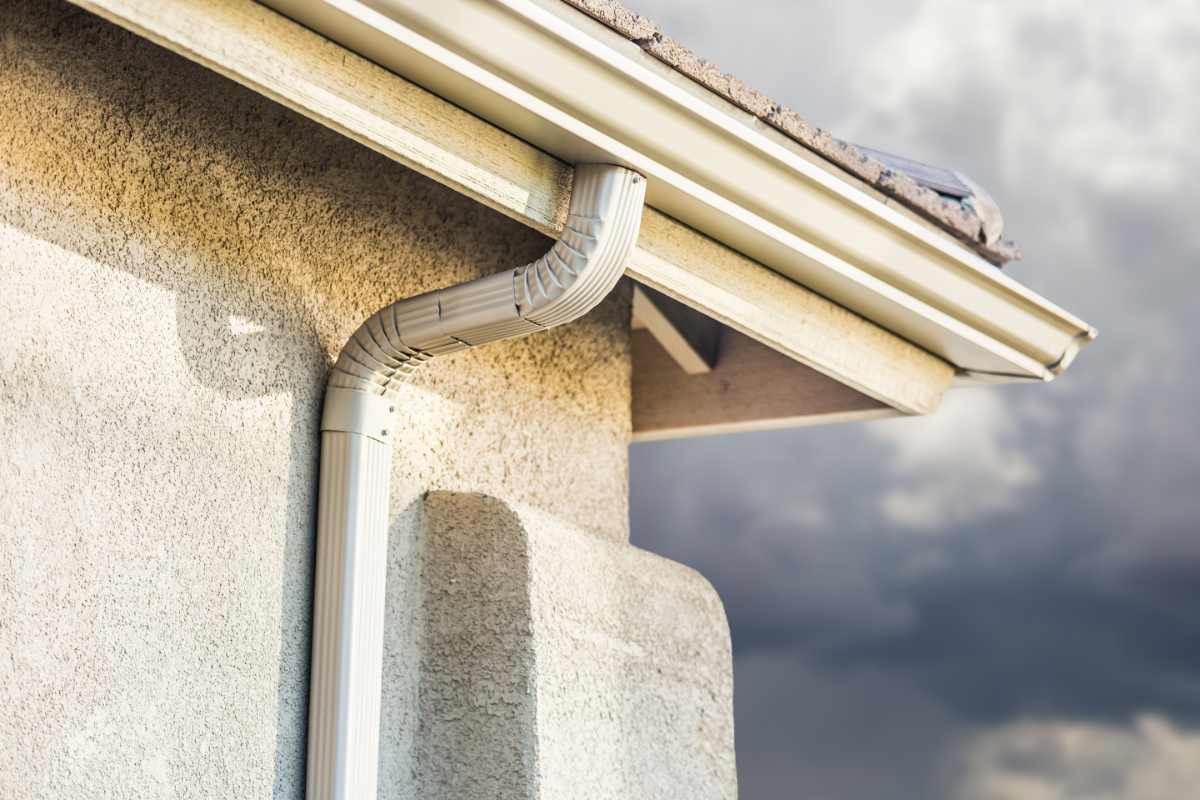
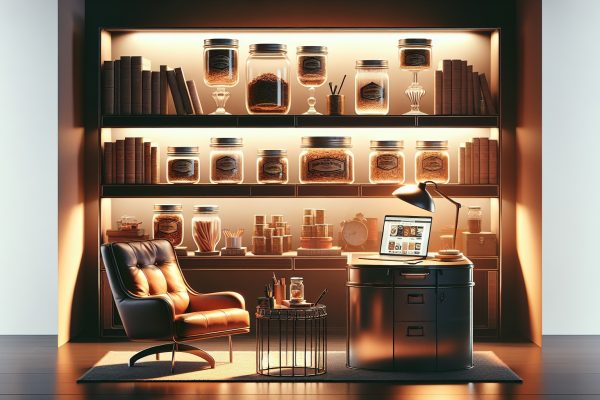
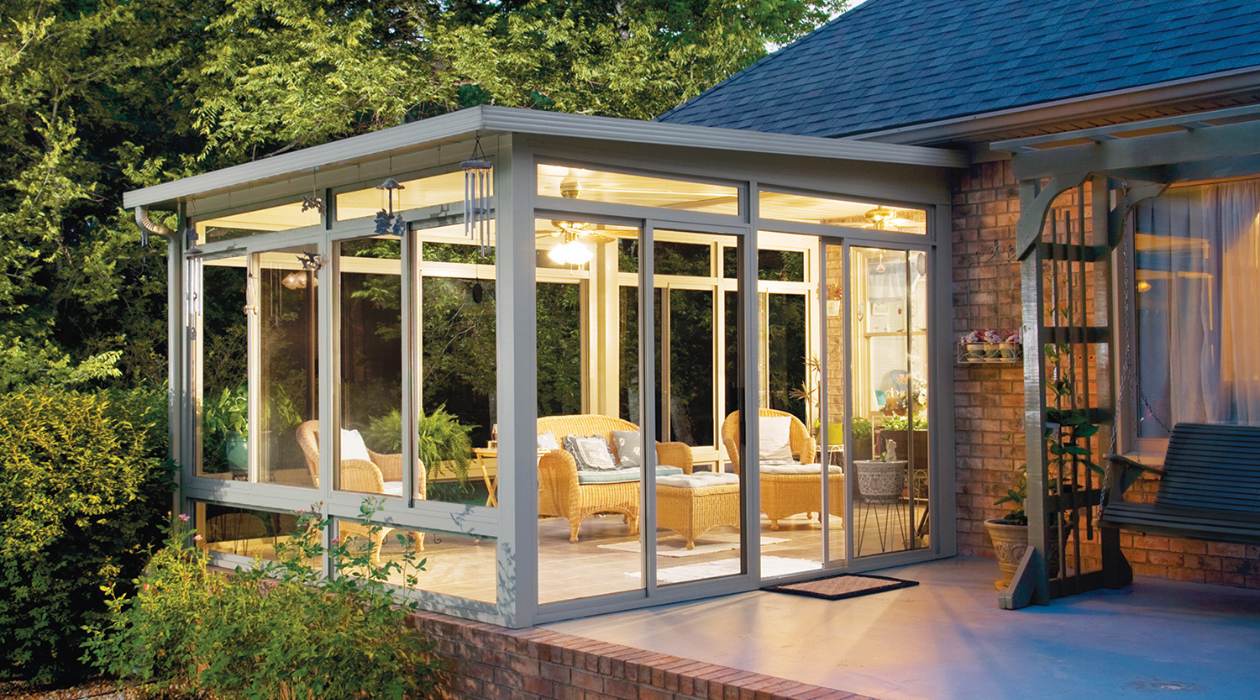
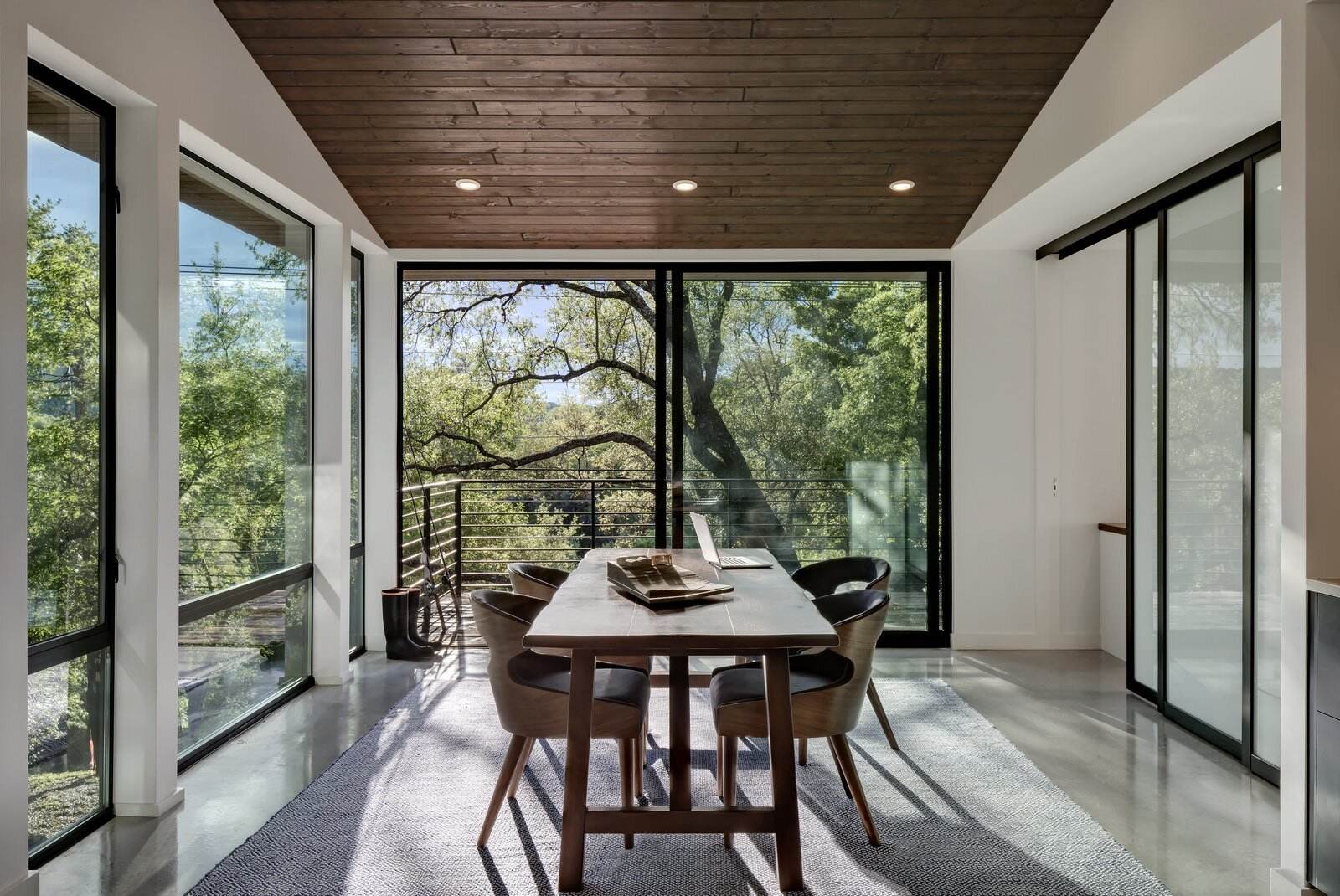

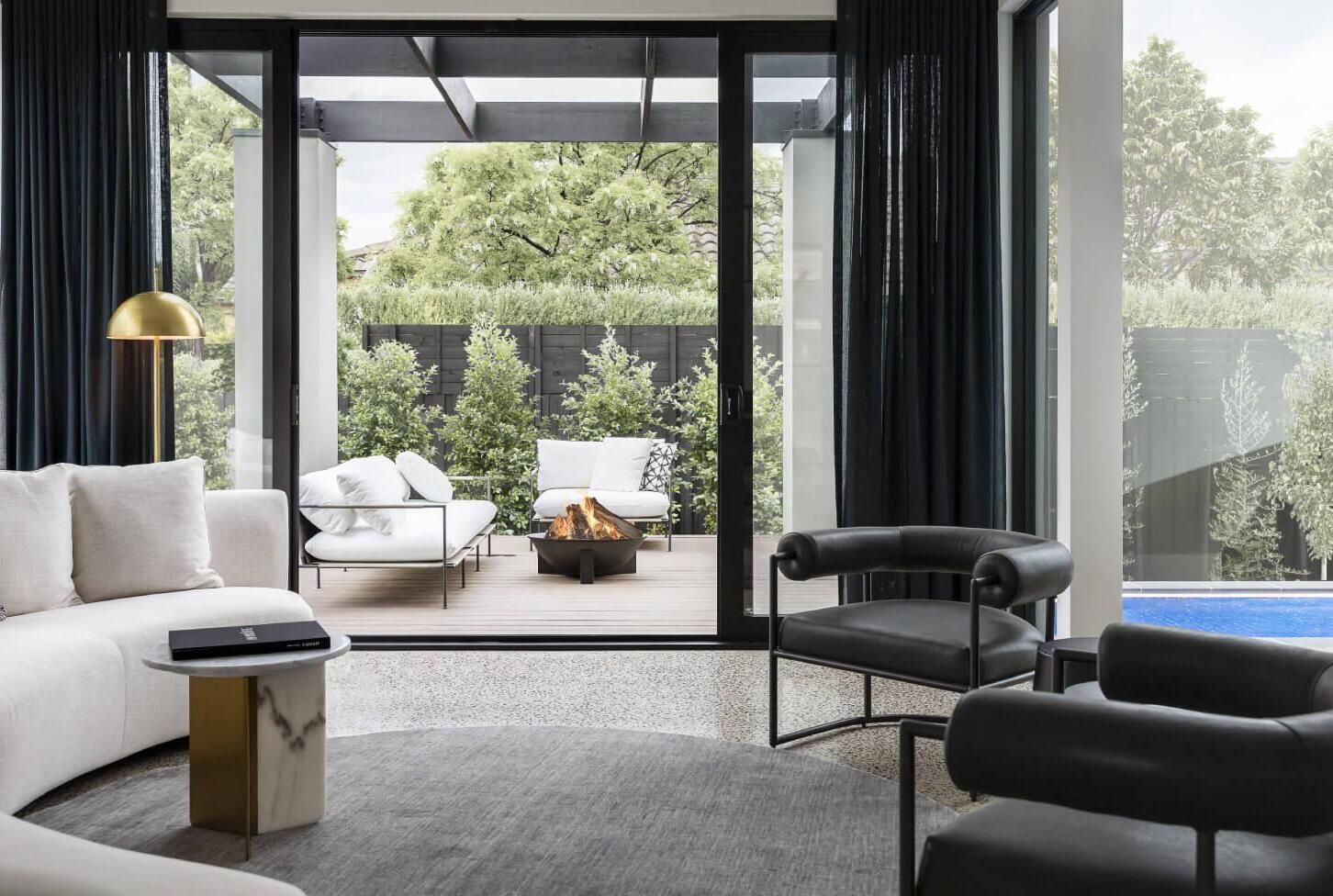

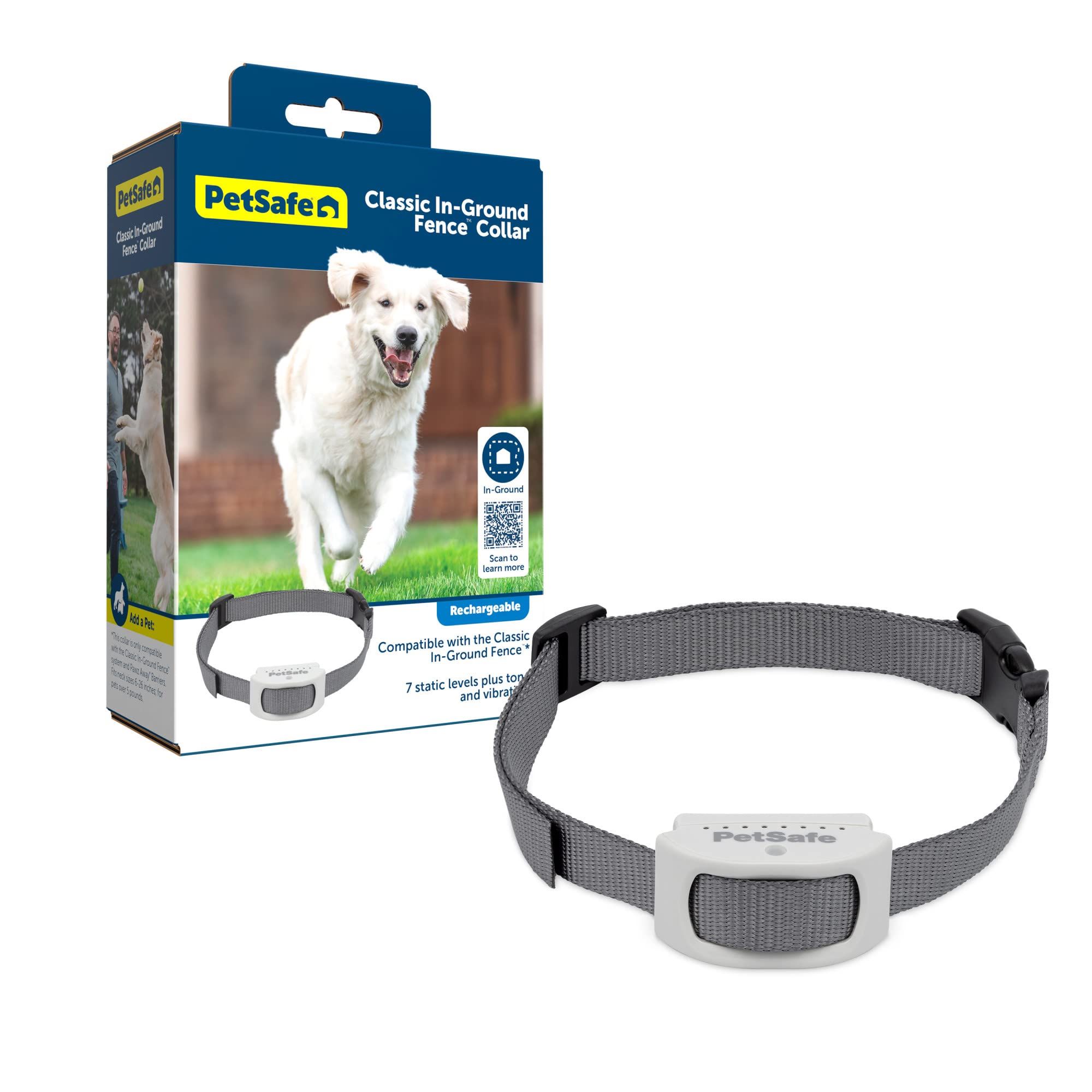


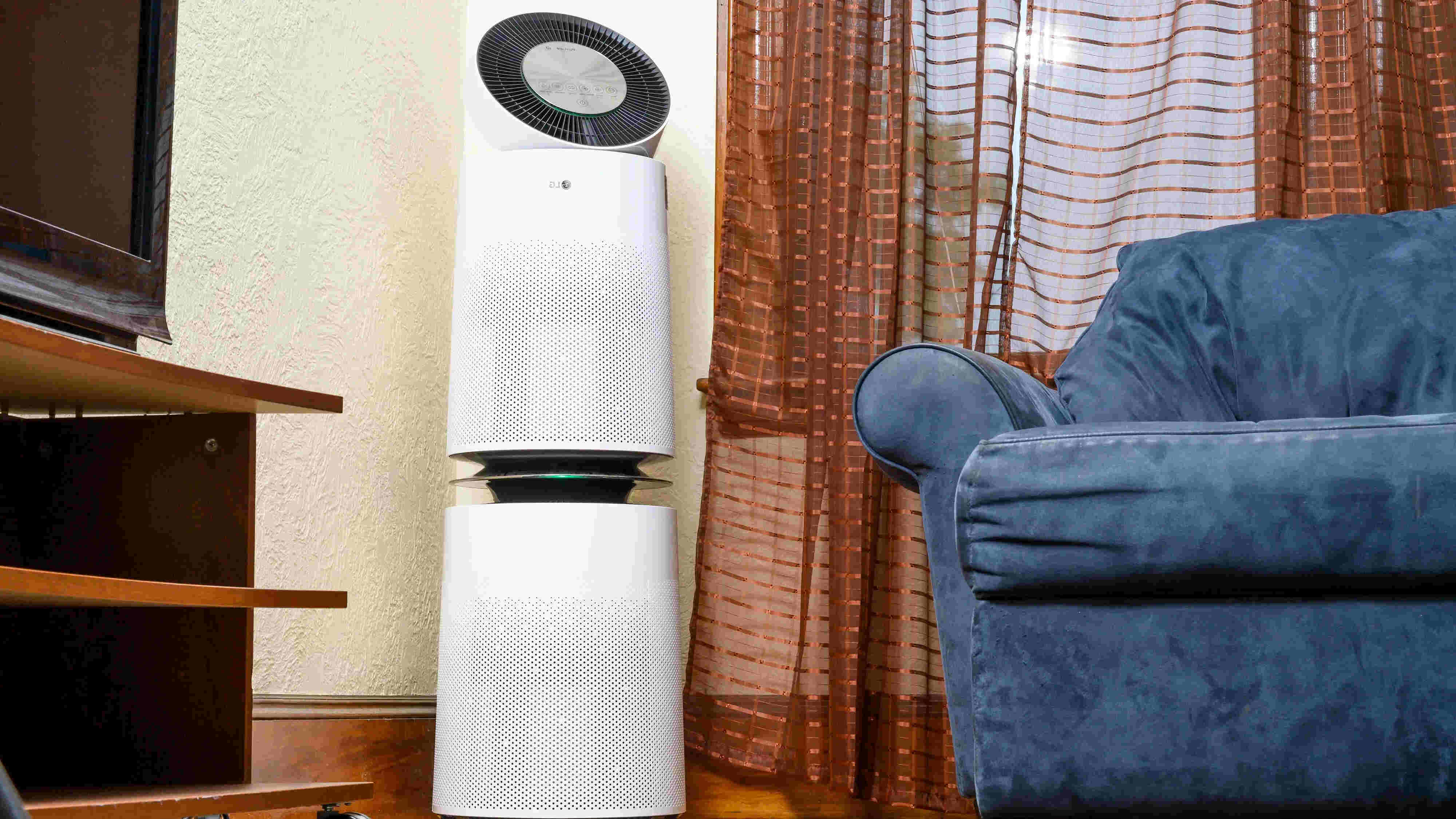


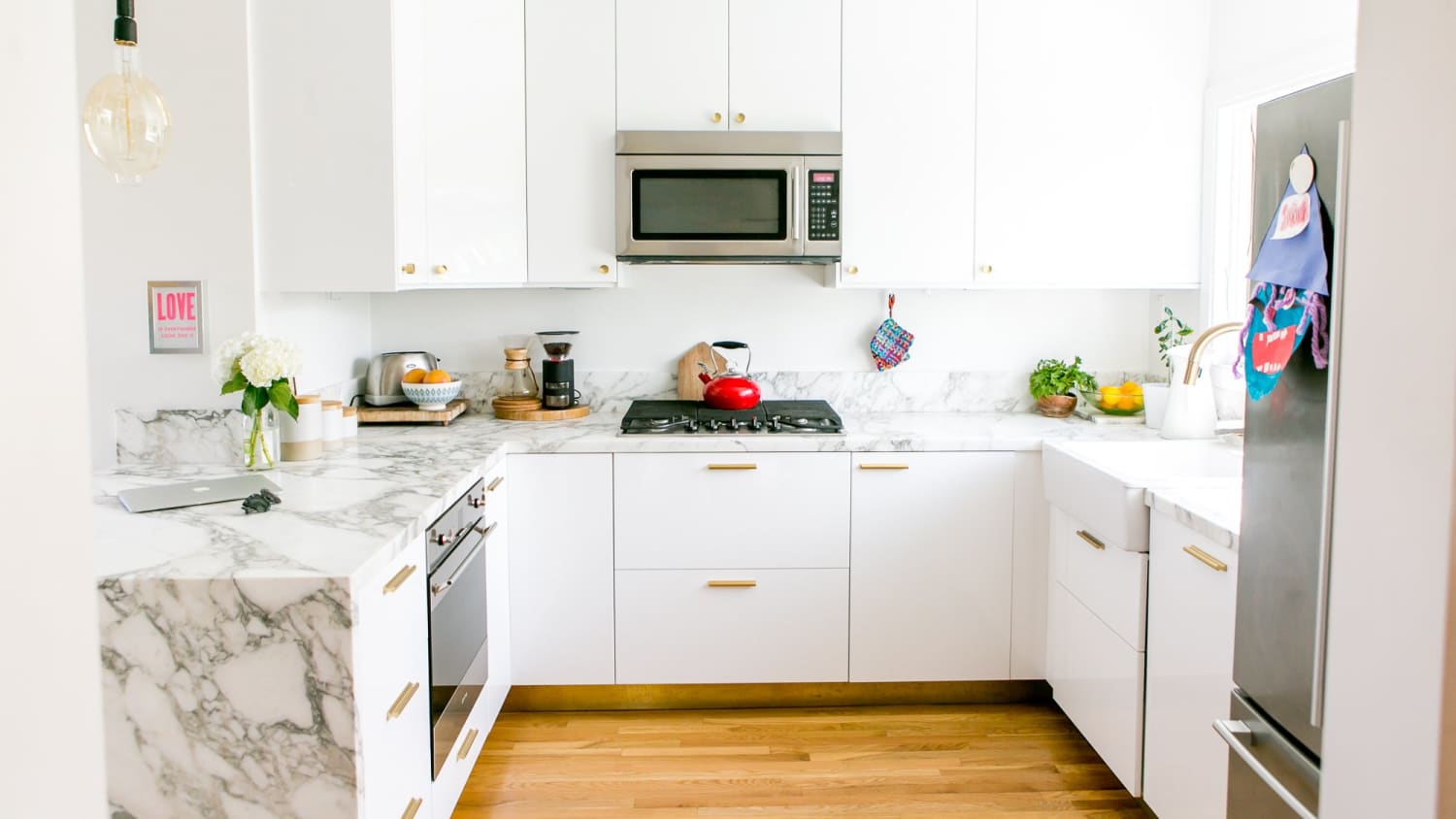

0 thoughts on “Invisible Improvements Seamless Universal Design”